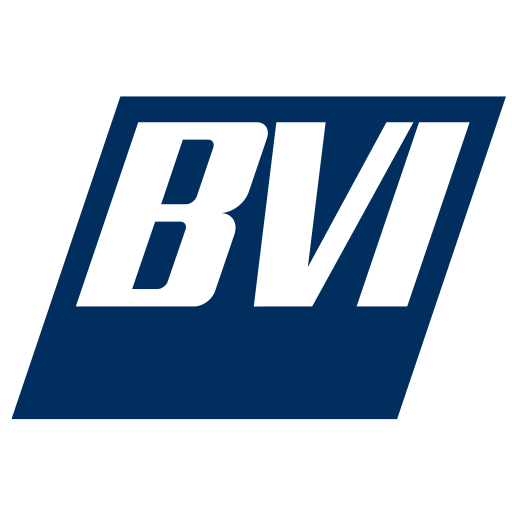Decisions on where to site transmission lines must balance the needs of TVA’s system with other uses of land across our region. That’s why gathering public input is an integral part of the siting process.
 “Each new line requires a long-term commitment of land and capital, so these projects require substantial planning and engineering,” said Shane Beasley, Transmission Siting Manager. “As we make these investments, it’s critical to also ensure we’re creating public trust in our decision-making process.”
“Each new line requires a long-term commitment of land and capital, so these projects require substantial planning and engineering,” said Shane Beasley, Transmission Siting Manager. “As we make these investments, it’s critical to also ensure we’re creating public trust in our decision-making process.”
New transmission lines are sited to accommodate load growth and relieve congestion on existing lines to ensure reliability. When the need for a new line is identified, TVA’s Transmission Siting team evaluates a variety of possible routes, taking into consideration environmental, engineering and social factors along the proposed rights-of-way.
Because landowners along a route may also be impacted by the construction and operation of a transmission line, the public input process begins as soon as a project is approved, and alternative routes are identified.
According to Shane, “The greater good a project serves is not always immediately evident to those property owners potentially impacted. Their concerns are more centered on the specific impact to their property, which is understandable. Our responsibility as public servants is to clearly communicate the need while balancing the overall public benefit with the concerns of those individual property owners.”
Transmission’s public input process is twofold, incorporating in-person open houses with a virtual platform. Its purpose is to build relationships with property owners, communities, public officials, environmental groups and other stakeholders. They become part of the siting process, providing crucial input on routing decisions.
To raise public awareness, notices are sent to stakeholders and advertisements are placed in area newspapers inviting interested parties to attend an in-person open house.
At the open house, maps of the alternative routes are available for viewing and a cross functional team of TVA representatives is on hand to answer questions on a broad range of topics including project benefits, the siting process, project design, environmental impacts and right-of-way acquisition.
“Open houses give property owners a direct line to decision makers and help to convey that TVA is interested in the community and cares about their opinions,” said Shane. “Attendees like being able to stand in front of a map and talk directly with members of the TVA team about how the project might impact their property. You really can’t put a value on face-to-face communication.”
In addition, changes due to public input received at the open houses happen quite frequently on projects. While it is not always possible to accommodate every request, the team ensures they have reviewed all of the appropriate factors before communicating that information back to the landowner.
Taylor Warden, Senior Transmission Siting Engineer cited an example of a change made as the result of a conversation with a landowner at an open house in Cheatham County, Tennessee.
“I spoke with a potentially affected landowner for over an hour,” said Taylor. “His comments were documented, and his property ended up being affected by the Phase 1 preferred route. I worked with the landowner to look at the potential shift he was requesting to verify there were no issues on our end from a variety of factors such as environmental and engineering/construction and concluded we could accommodate his request.”
“We also sometimes get information not available to us when we identify alternative routes,” Taylor continued. “At one open house a landowner had a photograph of a family cemetery affected by an alternative line segment on his property of which we were unaware at the time of our alternative route identification.”
Each TVA open house is followed by a 30-day public comment period during which material information about the project is made available on TVA’s Virtual Open House platform. This offers stakeholders 24/7 online access to valuable information including a view of exactly where the new line will cross their property, as well as a way to submit questions and comments.
At the close of the public comment period, TVA begins an analysis of all information collected and selects a preferred line route. But the public input process continues.
“We send letters to those property owners who will be impacted by the preferred route. Members of the Transmission Siting team also make site visits, walk the property and accommodate requests, when possible, to ensure the least impact possible on the affected landowner. From beginning to end, each step in the public input process is an important part of building trust and rapport with the people we serve,” said Tim Willis, Director Transmission Services.
